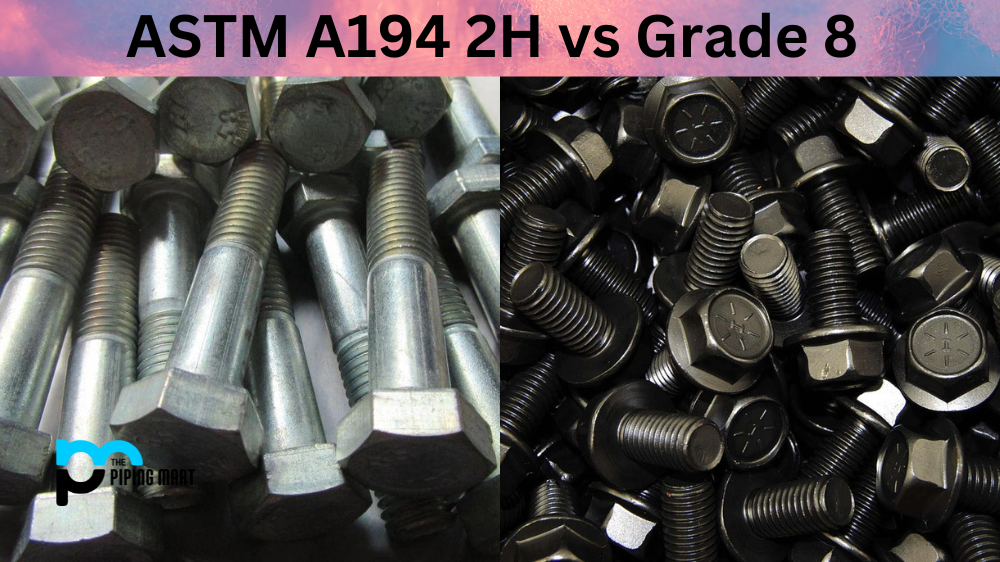Stainless steel is one of the world’s most versatile, durable, and widely used materials. It’s corrosion-resistant, heat-resistant, easily cleaned, and incredibly strong. It’s a popular choice for everything from medical instruments to automobiles to high-end appliances. But did you know there are two primary ways to produce stainless steel? Hot and cold rolling are the two production methods, resulting in two different types of stainless steel. In this blog post, we’ll explore the differences between hot-rolled and cold-rolled stainless steel, their advantages and disadvantages, and which applications each best suits.
What is Hot Rolled Stainless Steel?
Hot-rolled stainless steel is produced by rolling heated steel through rollers at high temperatures. This results in a dark, rough surface with rounded edges. Hot-rolled steel is typically thicker and less precise than cold-rolled steel. One advantage of hot-rolled steel is its low cost and availability, making it popular for construction projects requiring large, heavy-duty components. However, its rough finish makes it less attractive in applications where aesthetics are important or will be subjected to harsh, corrosive environments.
What is Cold Rolled Stainless Steel?
In contrast, cold-rolled stainless steel is produced by rolling steel through rollers at room temperature or just below it. This process results in a smoother, more precise surface with sharper edges. Cold-rolled steel has a higher tensile strength than hot-rolled steel, making it ideal for applications that require more strength and thinner gauges, such as electrical components, kitchen utensils, and medical equipment. Cold-rolled steel is also less vulnerable to corrosion, meaning it’s better suited for use in harsh environments or where hygiene is crucial, such as in the food and beverage industry.
Difference Between Hot Rolled Stainless Steel and Cold Rolled Stainless Steel
Dimensions
Another difference between hot rolled vs cold rolled stainless steel is their dimensional tolerances. Due to its rough surface and approximate measurements, hot-rolled steel is more likely to have some imperfections, such as warping, twisting, or skewing. On the other hand, cold-rolled steel is more consistent in its dimensions, making it easier to work with and more precise. This means it’s less likely to cause problems regarding fitting and assembly, making it popular in applications where precision is critical, such as aerospace or automotive industries.
Manufacturing Process
The manufacturing process of producing hot-rolled vs cold-rolled stainless steel also affects their physical properties. Hot-rolled steel is typically softer and more malleable than cold-rolled steel. This makes hot-rolled steel easier to shape and form into different shapes and sizes, which is why it’s commonly used in construction projects. However, Cold-rolled steel is less ductile and formable than hot-rolled steel. It’s more difficult to work with, but its higher strength and hardness make it the preferred choice for applications that require more precise, intricate components.
Which Type of Stainless Steel is best for your application?
The answer depends on your project’s specific requirements. Hot-rolled steel is the way to go if you need a low-cost, heavy-duty component. Cold-rolled steel is better if you require higher strength, precision, and corrosion resistance. When choosing between hot-rolled and cold-rolled stainless steel, it’s essential to consider the physical properties, application, environment, and aesthetics. By understanding the differences between these two production methods, you can choose the right stainless steel for your project and ensure it meets your needs and exceeds your expectations.
Conclusion
Stainless steel is a versatile and durable material that can be produced using two different methods: hot-rolled and cold-rolled. Both methods result in different physical properties and surface finishes, making each type of stainless steel better suited for specific applications. Choosing the right type of stainless steel requires a deep understanding of your project’s requirements, including strength, precision, durability, and aesthetics. So, whether you need heavy-duty components for construction projects or precise, intricate components for medical equipment, understanding hot rolled vs cold rolled stainless steel is crucial to finding the right material for your project.
Rachana is a dedicated and ambitious young woman who has made a name for herself in the metal industry. From her earliest days in the industry, Rachana showed a natural talent for problem-solving and a keen eye for detail. In her free time, She enjoys reading up on the latest advancements in the industry, as well as exploring new ways to innovate and improve upon existing processes.




